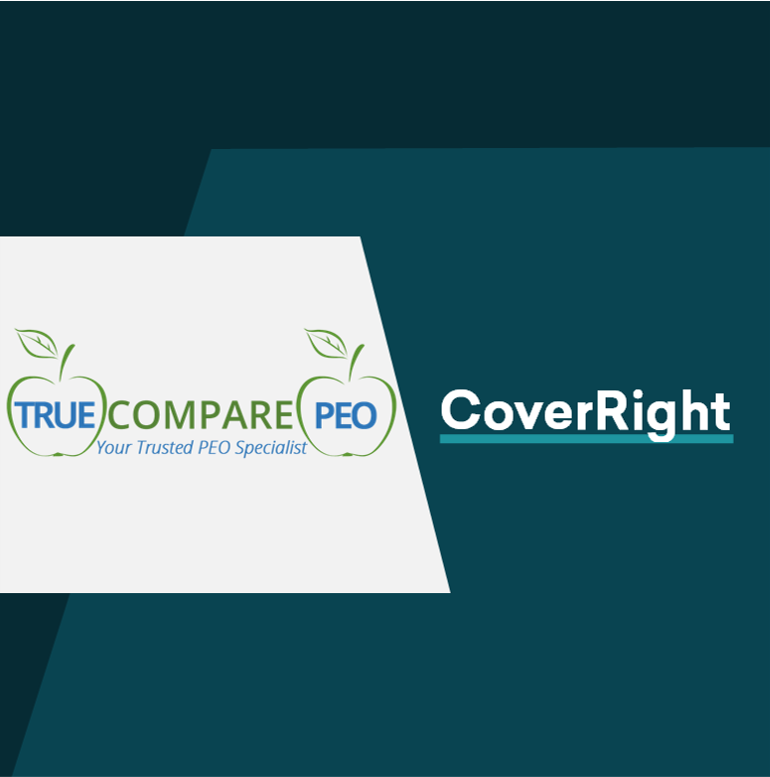Introduction
Medicare Advantage plans are becoming a popular choice with 2 out of 3 new enrollees picking Medicare Advantage. The Congressional Budget Office (CBO) projects that Medicare Advantage enrollment will continue to grow over the next decade, with an estimated 51% of beneficiaries in these plans by 2030. But how much do Medicare Advantage plans actually cost?
If you are turning 65 or currently under Original Medicare, you might be thinking of enrolling in a Medicare Advantage plan to get more comprehensive medical coverage which might be necessary because as you age, your medical needs will increase.
This article gives an overview of the costs, including premiums and out-of-pocket expenses contributing to Medicare Advantage plan cost. We will also be a compare the cost of Original Medicare and Medicare Advantage plans. Plus, we will be sharing tips in choosing an affordable Medicare Advantage plan.
What is a Medicare Advantage plan?
Otherwise known as Medicare Part C, Medicare Advantage is a health insurance plan offered by private insurance companies that have been pre-approved by the federal government to deliver Medicare coverage and services to Medicare beneficiaries.
A Medicare Advantage plan includes the primary benefits of Original Medicare (Part A Hospital Insurance and Part B Medical Insurance). However, with Medicare Advantage, you get additional benefits like dental, vision, hearing, and wellness programs.
Unlike Medicare Supplement (also known as Medigap) plans, Medicare Advantage plans have no medical underwriting. As long as you are eligible for Medicare, you will always be accepted into a Medicare Advantage plan and can not be denied coverage.
It is advisable to compare the Medicare Advantage plan cost of MA plans before settling on one.
What do Medicare Advantage plans cost?
The Medicare Advantage costs will consist of:
- Medicare Part B Premium
Even if you are enrolled in a Medicare Advantage plan, you still need to pay the standard Medicare Part B premium you would pay under Original Medicare. The standard premium rate is $170.10. However, the premiums for the Medicare advantage plan cost higher if your income exceeds a threshold.
- Medicare Part C Premium
Based on the Centers for Medicare and Medicaid Services (CMS), the Medicare Advantage premiums have a monthly average of $19.
However, many Medicare Advantage plans have $0 premiums. The Kaiser Family Foundation notes that in 2022 59% of Medicare Advantage plans have $0 premiums and that around 65% of Medicare beneficiaries in 2021 were enrolled in a $0 premium plan.
How is this possible? Insurance companies receive funds from the federal government to deliver you Medicare-approved coverage and healthcare services. Many insurance companies can save money by negotiating group discounts on contracts with healthcare providers. Whatever money is saved is often passed on to its members, resulting in Medicare Advantage plan cost with $0 premiums.
Moreover, you might find you have zero premium is because you could be looking at a Medical Savings Account (MSA) plan. In exchange for having $0 monthly premiums, MSA plans charge a higher deductible, eventually adding to your total Medicare Advantage plan cost. MSAs are only a small proportion of total Medicare enrollments.
These out-of-pocket expenses also contribute to the Medicare Advantage plan cost:
- Deductible
Before you can avail of your plan’s benefits (either partially or in full), you need to reach an annual amount called a deductible. Most Medicare Advantage plans have no medical deductible, however, you may see a deductible for prescription drugs if you are enrolled in a Medicare Advantage plan that bundles in prescription drug coverage.
- Copayment
For most Medicare Advantage plans, you will have a fixed fee for every doctor – known as a copayment. The fee averages $0 to $20 for primary doctors and $20 to $50 for specialists. There are also copayments for the first 5-7 days of your hospital stay.
- Coinsurance
This is a percentage of cost-sharing that you should pay after meeting the deductible. Typically you may find coinsurance fee structure for out-of-network services (if you are in a plan that will cover out-of-network costs, such as a PPO plan), or for high-value medical procedures.
All Medicare Advantage plans have a maximum out-of-pocket amount. The federal government sets the absolute maximum and in 2022 it is capped at $7,550 (for costs within the network) and $11,300 (for costs within and outside the network). Your plan may choose to have a lower maximum out-of-pocket cap; however, it cannot be higher than these limits. Once you exceed your plan’s maximum out-of-pocket cap, your plan pays for 100% of your medical costs.
If you are a heavy user of prescription drugs, it may be worthwhile to bundle your Medicare Advantage plan with a Part D Prescription Drug Plan (MAPD). In 2022, 89% will include prescription drug coverage.
How do I find the most affordable Medicare Advantage plan costs?
Here are some factors to consider in comparing the overall total cost of Medicare Advantage plan for your situation:
- Does the plan charge a monthly premium or zero-premium?
- Does the plan have a deductible that you have to pay before your insurance kicks in?
- How much are copayment and coinsurance fees for every visit or service and how often will you use these services?
- Does the plan limit your coverage to a specific network of health providers? Some plans will cover out-of-network services but at a higher cost. This flexibility adds to the Medicare Advantage plan but adds to your total overall cost.
- Are there vision, dental, hearing, and wellness benefits included in the plan, and how much coverage is provided if there is?
- What is the maximum out-of-pocket cap/limit, and can you afford this in the worst-case scenario? If not, you may want a plan with higher a premium (upfront cost) and a lower max out-of-pocket liability.
It is recommended to get a proper balance of benefits against Medicare Advantage plan cost.
How do Medicare Advantage costs differ from Original Medicare?
Under Original Medicare, your cost includes:
- Part A (Hospital Insurance) is free as long as you have paid more than 10 years of Medicare taxes while working. Otherwise, you are required to pay up to $499 monthly premiums. You also have a $1,556 copayment to cover your first 60 days of care in a hospital.
- Part B (Medical Insurance) has a standard monthly premium of $170.10. You have to pay this $170.10 regardless of if you are in Original Medicare or Medicare Advantage. You also have an annual deductible of $233 before Part B insurance kicks in. Plus, you have a 20% coinsurance obligation after reaching your deductible for all Medicare-approved services (Original Medicare will pay for 80% of services.
You can get optional prescription drug coverage by paying for a standalone Part D Prescription Drug Plan. Although premiums will vary depending on the plan and insurer, the Kaiser Family Foundation notes that the average monthly premium for Part D plans in 2022 is $43.
Out-of-pocket expenses under Original Medicare like deductibles, copayments, and coinsurance are considered “gaps” in Original Medicare. A Medicare Supplement plan, otherwise known as Medigap, is intended to pay for out-of-pocket costs that are not covered by Original Medicare, such as Part B coinsurance. Monthly premiums range from $50 to $300.
Depending on your risk appetite, you may decide to pay upfront for healthcare costs instead of paying only when the need arises. You may want to consider that by paying a monthly premium with Medigap. By paying a premium, you pass on the burden/risk of out-of-pocket costs when you use healthcare services to the private insurer.
Read our article which explains the differences between Medicare Advantage vs. Original Medicare in more detail.
Final Words
With the above information about Medicare Advantage plan cost, you are better equipped to decide on a suitable Medicare Advantage plan.
At CoverRight, we’re here to help you find the right coverage that you deserve. Reach out today and start finding the best Medicare plan for you.



















